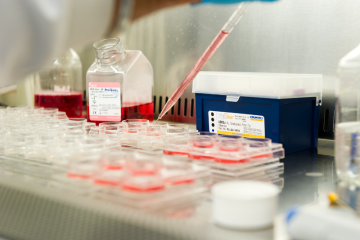Project grant
A novel approach to the preclinical assessment of novel anti-cancer drugs

At a glance
Completed
Award date
February 2005 - May 2009
Grant amount
£175,302
Principal investigator
Professor Michael Bibby
Co-investigator(s)
Institute
University of Bradford
R
- Reduction
- Refinement
